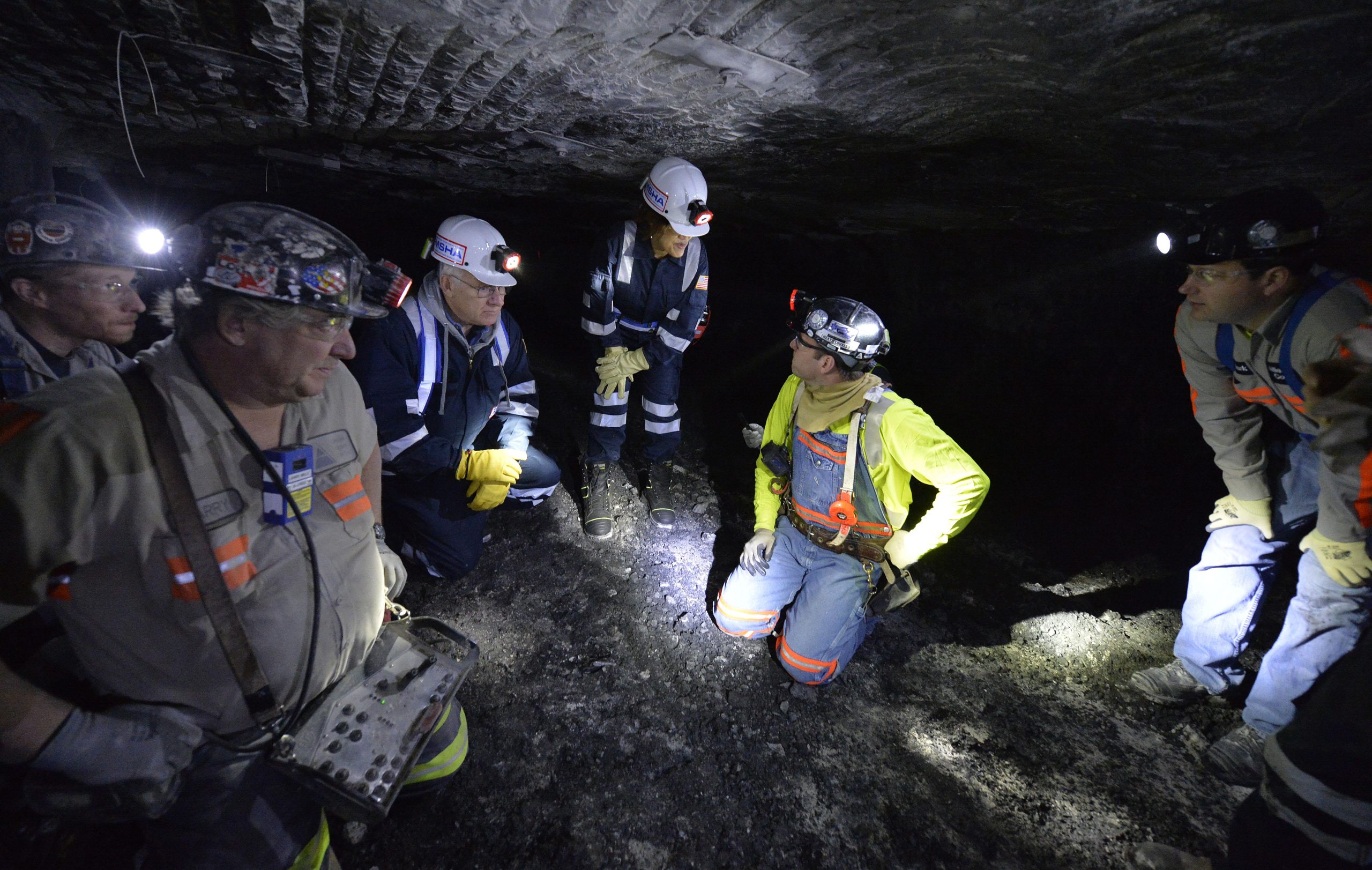Coal is a fossil fuel formed from the remains of plants that lived millions of years ago. It has been a crucial energy source for centuries, powering industries and homes around the world. Coal mining is the process of extracting coal from the Earth, often from deep underground deposits.
Types of Coal Mines
There are two primary types of coal mines:
- Underground Mines: These mines involve digging tunnels and shafts to access coal deposits deep beneath the surface. They are typically used for extracting high-quality coal seams.
- Surface Mines: Also known as open-pit mines, these involve removing layers of rock and soil to expose coal deposits near the surface. They are often used for extracting large quantities of coal with lower quality.
The Mining Process
Coal mining is a complex and hazardous process that involves several steps:
- Exploration: Geologists use various techniques to identify coal deposits and assess their quality and quantity.
- Preparation: Before mining begins, infrastructure such as roads, tunnels, and ventilation shafts must be constructed.
- Extraction: Miners use specialized equipment, such as drills and excavators, to extract coal from the deposit.
- Transportation: The extracted coal is transported to the surface and loaded onto trucks or trains for further processing or shipment.
- Processing: Coal may undergo various processing steps, such as cleaning and crushing, before it is ready for use.
Environmental Impacts
Coal mining has significant environmental impacts, including:
- Habitat Destruction: Mining operations can disrupt ecosystems and displace wildlife.
- Water Pollution: Mine waste can contaminate water sources with pollutants like heavy metals and acids.
- Air Pollution: The burning of coal releases greenhouse gases, contributing to climate change.
- Land Degradation: Surface mining can lead to land degradation and erosion.
To mitigate these impacts, coal mining companies often implement environmental protection measures, such as reclamation of mined-out areas, water treatment, and air pollution control.
The Future of Coal Mining
As the world transitions toward cleaner energy sources, the demand for coal has been declining. However, coal remains an important energy source in some regions, particularly those with abundant coal reserves. The future of coal mining will depend on factors such as energy policy, technological advancements, and the development of alternative energy sources.
Would you like to know more about a specific aspect of coal mining, such as its history, environmental impacts, or the challenges it faces?
